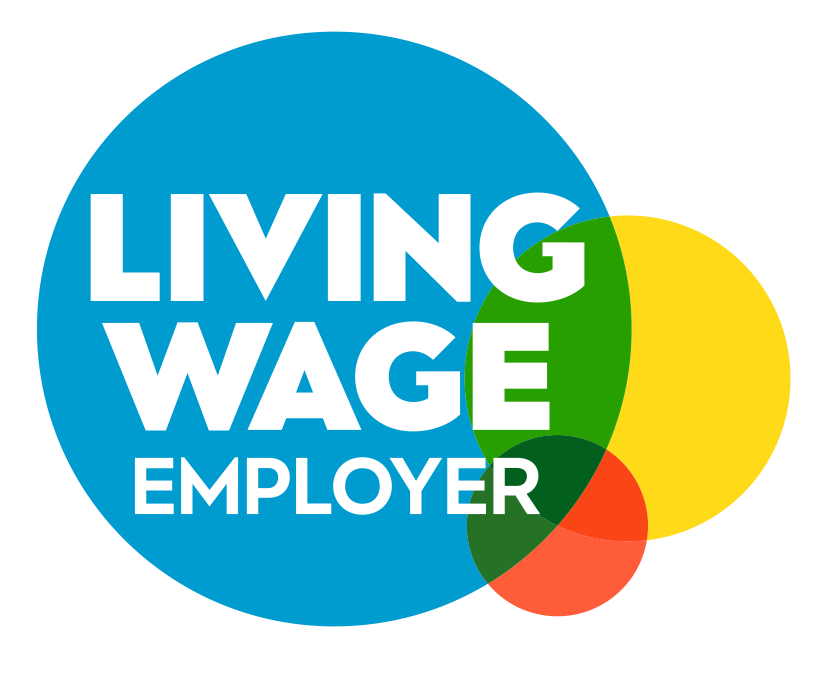If you're familiar with TikTok, you'll easily be able to imagine what I'm about to describe next.
You've got a spare five minutes, so you open the TikTok app. You promise yourself you won't lose 5 hours of your day this time.
But, before you get to the video feed, an ad pops up! In the top corner, there is a tiny 'skip ad' button, so you go to press it… And miss. You click the ad. Ah damn, you think, cross off the ad and finally get to the funny dog videos.
Seems familiar? For most people that use TikTok, this is a daily occurrence. It happens so frequently that it's hard to believe that TikTok isn't designed for ad fraud entirely.
And this is an improved system; previously, the button didn't appear for ~3 seconds, so almost everyone (being impatient) clicked the ad they weren't interested in.
As a new, rapidly-growing social platform, TikTok isn't policing fake activity as well as it should be. This significantly impacts the user experience, content makers, and those who advertise there.

Artificially inflating popularity
With all social media, having more likes, followers, and engagement makes other users more likely to engage with your post. But, this is more true than ever before with TikTok. In the first few seconds of a video starting, it's common practice for a user to glance at the number of likes it has and make a split-second decision on whether to keep watching or not.
In an app where numbers matter so much, it's easy to see why the sale of fake followers and likes has gone through the roof.
Purchasing bots couldn't be easier. There are entire lists dedicated to comparing which will work best for you and why, with deals starting at just $15 a month.
There are many articles out there promoting now as the best time to purchase TikTok bots while "there isn't any serious type of regulation on interaction automation." Sellers tighten the sense of scarcity by saying that eventually, TikTok will tighten its rules, but for now, it's a free-for-all, and you might as well take advantage.
Bursting with bots and scams
Bots imitate human behavior to avoid detection. They like videos, leave comments, follow new accounts, and click on ads. They do things that make them look like real users.
While you can buy followers and likes straight-up, you can also generate attention by letting a bot engage with other similar accounts to yours and 'organically' attract engagement that way. The idea behind this is that because the interactions you gain are from 'genuine' users, TikTok won't be able to remove them in the future.

However, the problem is that by flooding TikTok with fake accounts, a cycle of falsehoods occur. Fake bots like fake accounts and tangle genuine users up in disingenuous activities.
This is furthered by the fact TikTok is also riddled with scams – which is no surprise. With over one billion monthly active users, wherever popularity goes, scams always follow.
A lot of scams direct users to adult dating sites, impersonate popular TikTokers or promote the bots who boost likes and followers.
When asked to comment, a TikTok spokesperson stated: "TikTok has strict policies safeguarding users against fake, fraudulent or misleading content. We flag and remove most spam accounts before they can reach users' feeds, and we continuously improve our protections, even as malicious actors work to evade our safeguards."
However, it's clear that this isn't the case just by using the platform and witnessing the bots, spam, and scams firsthand. Perhaps it's TikTok's perception that they are doing enough which is fueling this playground of fraudulent activity.
How faking followers impacts brands
Because TikTok's audience is flooded with fake accounts, as an advertiser, you can't be confident that you're showing your ad to genuine users. The benefits of an up-and-coming new social platform get muddied by the risks of using an unpolicied network.
Furthermore, with the pressure on influencers to have high levels of engagement, it's obvious they too use bots to inflate their numbers. So, as a brand that is paying someone who seems to have a large following money for engagement, what you're getting in return isn't often what you think.
Success becomes based on vanity metrics with no way to verify if an influencer sends relevant traffic to the brand. It's concerning that brands continue to pay huge sums of money to accounts primarily seen only by fake users.
Designed for ad fraud
For now, it seems as though TikTok is suffering massively from a case of rapid success and little policing, and those who are suffering most are advertisers. TikTok traffic is largely bots and without the right protection in place, your ads will simply be paying for these bots to gain more exposure.
Say goodbye to wasted ad spend
Discover how Lunio can help you eliminate invalid ad clicks and maximize paid media performance















